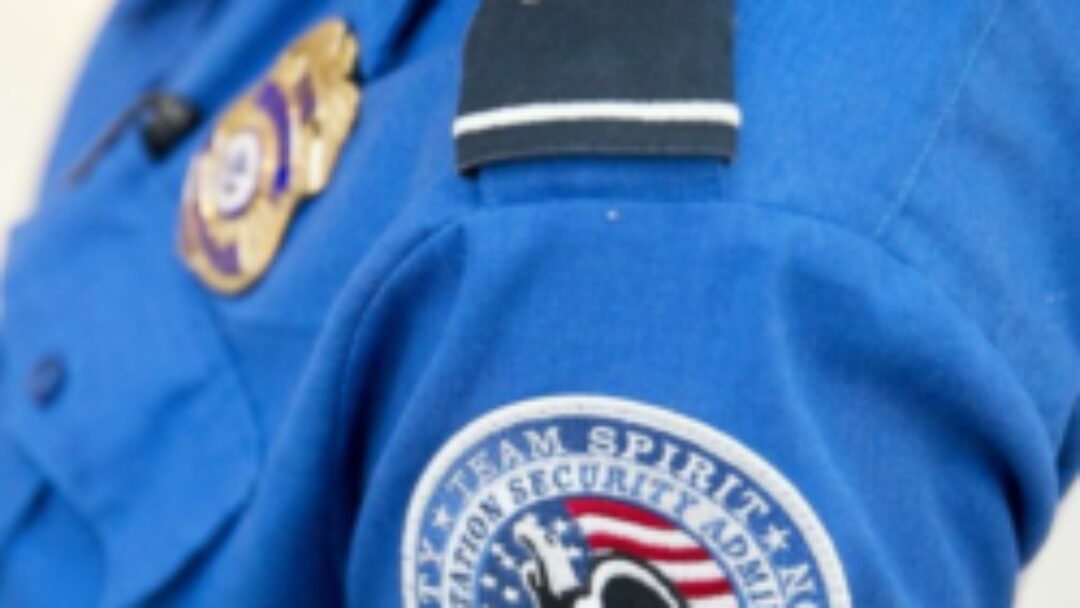According to an internal document, the Transportation Security Administration has been considering eliminating operations at small and medium-sized airports in favor of bolstering security at larger airports.
The document, which was originally obtained by CNN, outlines plans for several different cost cutting measures, among them eliminating service from 150 airports throughout the country which service aircraft that carry 60 passengers or less.
Shortly after the story was released, TSA came out with a statement saying that the information in those documents were part of an annual process of discussing the Federal Budget, and that no formal plans had been made to eliminate screening at any airport.
“There has been no decision to eliminate passenger screening at any federalized US airport,” said TSA assistant administrator for public affairs Mike Bilello in a tweet. “TSA remains committed to its core mission to secure the Homeland by screening more than 2.5 million airline passengers per day. Every year as part of the federal budget process, TSA is asked to discuss potential operational efficiencies – this year is no different. Any potential operational changes to better allocate limited taxpayer resources are simply part of pre-decisional discussions and deliberations and would not take place without a risk assessment to ensure the security of the aviation system.”
The documents from June and July detail several other cost cutting measures, including a reduction of full time air marshals, a reduction of the workforce at TSA headquarters, fewer reimbursements to airports for janitorial services at TSA checkpoints, cuts for benefits for new part-time employees and a 50% cut in reimbursements to state and local law enforcement agencies for use of their K-9 units.
The proposed cut in security at smaller airports alone would save the agency $115 million dollars annually, while the reductions in the federal air marshal program would save $39 million per year and a reduction at headquarters would end up saving 26 million. The agency also would stand to save $20 million by cutting K-9 reimbursement and $21 million for its cut in janitorial reimbursement.
The documents also go on to describe the potential risks involved with cutting screening at smaller airports, saying the cuts could bring a “small (non-zero) undesirable increase in risk related to additional adversary opportunity.”
After the original news story was released, the idea to make the cuts was widely criticized.
Jeff Price, a leading expert on aviation security who teaches at the Metropolitan State University of Denver, said on his YouTube channel that “The news that TSA is considering removing screening from 150 airports throughout the country is disturbing.” Price goes on to detail the threats that would be posed by the changes, stating that the goal of many terrorist groups is to radicalize and embolden people who are already US citizens to carry out attacks, and that these cuts facilitate a way to do just that.
“TSA might save some money from an operational perspective,” Price said, “but somebody is going to have to pay for this change, and it’s going to be the passenger, it’s going to be you.”
TSA already allows 22 airports nationwide to hire their own private security, so long as they meet federal security standards.
Cutting staffing at smaller airports would mean that connecting passengers would have to be screened when they arrive at larger airports, which would also mean that those larger airports would have to overhaul the way they already do screening.
Although the agency dismissed the news as part of their annual budget procedure and the documents obtained do not contain any formal recommendation for carrying out any kind of cuts, they do indicate that the TSA put together a group of 20 people, including a representative of the agency’s administration office, to examine the potential risks of such cuts.








